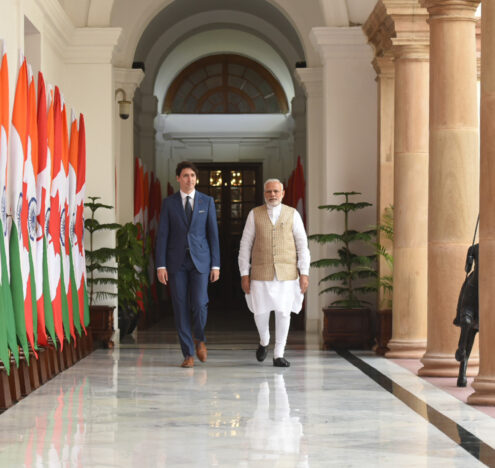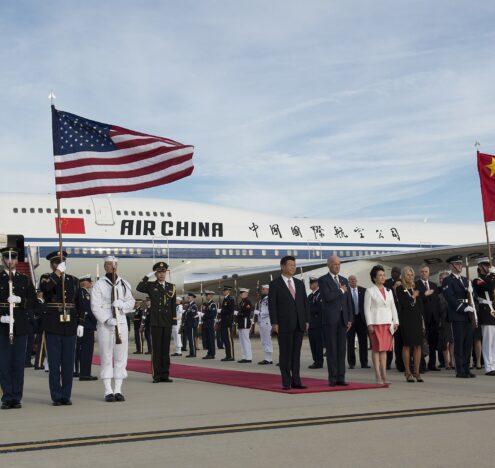This analysis was featured in Critical State, a weekly newsletter from Inkstick Media and The World. Subscribe here.
Military history is at once social, cultural, and technological, all bound in the ways and means and facts of death. Military history also risks being used to tell “just-so” stories: explanations of the present as the inevitable result of the past. The rise of Europe from the 15th through the 19th century, and all its assorted distributions of wealth and violence, requires historical explanation. Yet, the most commonly offered one is that of military history that focuses on European warfighting. The interior armies of Europe, the narrative goes, were insulated from steppe nomads and thus developed infantry-intensive pike-and-firearms armies, which required tremendous organization and capital. This, in turn, made the modern state.
But what if the central premise is wrong? In “Chinese Volley Fire and Metanarratives of World History,” Barend Noordam offers a history of the independent and repeated development of volley fire by China, focusing especially on the Ming Dynasty. “Volley Fire” is the practice of simultaneously firing projectile weapons, like guns, to create a “volley” of bullets. (The technique can also be used with arrows and, especially, crossbow bolts.) Part of the development of modern European gunpowder armies involved drilling the army, so a rank of soldiers would fire their guns, then fall back to reload as the rank behind them fired with loaded weapons, repeating until the first rank had reloaded and was ready to restart the process.
If Tsars and Sultans developed volley fire, it is understood as a response to infantry warfare against states on their European frontiers. China lacked the same condition to develop the tactic on its own.
Modern-day China grew from empires, similar to how Russia came from the Soviet Union and Turkey came from the Ottoman Empire, and as a result, is one of the large states beset by fast-moving nomads and their cavalry armies. If Tsars and Sultans developed volley fire, it is understood as a response to infantry warfare against states on their European frontiers. China lacked the same condition to develop the tactic on its own.
“First of all, volley fire with firearms arose during the Ming primarily as a response to the challenge nomadic cavalry posed, and not as a result of infantry warfare,” writes Noordam. “There are also signs that this causation not only held true for Ming China, but other Eurasian empires bordering the steppe as well,” he explained.
Steppe nomads, most famously the Mongols but others throughout history, present a unique challenge to sedentary states, both on political and military grounds. On horseback, nomads can simply evade taxation and incorporation into state systems the way farmers cannot. But nomads are also fast enough to threaten raids on stored food and goods, necessitating some form of military response.
Volley fire also strengthens militaries against everything from pirate raiders to other pike-and-cannon armies. To achieve volley fire takes military drill; among other evidence for Ming volley fire, Noordam points to a reloading song recorded by a military officer commanding soldiers in southern China against Wokou pirates.
“I would like to make a plea for redirecting our gaze to the steppe-frontiers of unified Eurasian land empires as sites of important innovations,” concludes Noordam. “For a long time, first the idea of oriental despotism, and then its partial and implicit survival in the competitive European states paradigm, has conditioned many modern scholars towards disregarding the innovative potential of these frontier zones and the larger polities they partially delimited. Yet, Wokou originating from the dynamic maritime world were blasted away with volley fire tactics perfected on the northern frontier of the Ming Empire.”




















